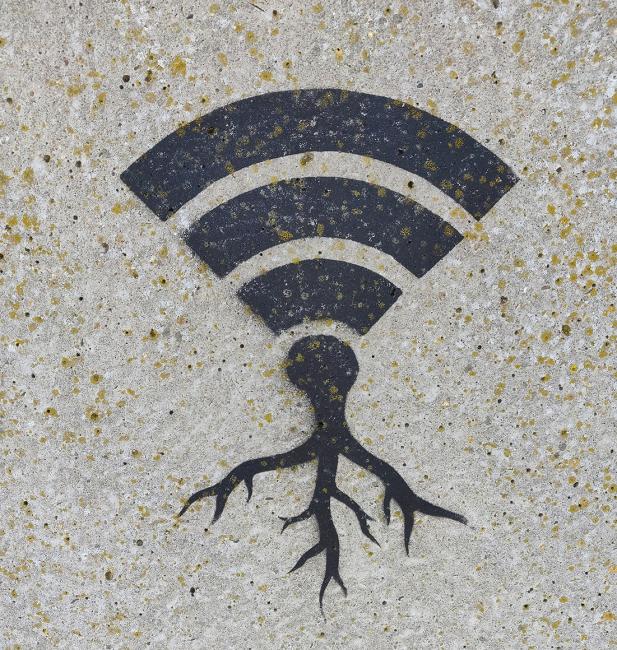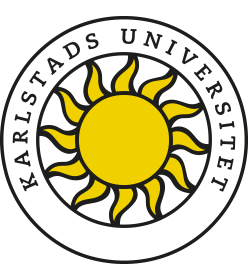How do we achieve a more sustainable digital society?
2025-10-03Digitalization is growing rapidly, and we are more connected than ever. This development is driving up energy consumption, while at the same time the EU is imposing new requirements for lower energy use. Within the DRIVE project, research is being carried out to find solutions to this challenge.
By 2030, the 6G network is expected to be rolled out. 6G, the sixth generation of mobile communication networks, is based on advanced artificial intelligence and machine learning. A central focus of 6G is sustainability, with the goal that the technology will serve as a tool to promote the UN’s global goals. In a way to meet these goals researchers in DRIVE have tested new ways of managing IoT devices* that measure air quality and monitor machinery. These devices are often placed in hard-to-reach locations where battery replacement is costly and environmentally problematic.
– The research group has developed GLOBE, a system that uses artificial intelligence to identify the optimal energy-saving settings for each situation. By allowing the device to smartly switch between different “sleep modes,” energy consumption can be reduced by 30–75 percent. This means batteries can last for years instead of months, which both saves money and reduces electronic waste, says Karl-Johan Grinnemo, Associate Professor of Computer Science.
Crucial with new innovations
In the future, when telecom operators purchase equipment, it will need to be more energy efficient. Research shows that a combination of standard servers and so-called SmartNICs (intelligent network interface cards) can provide major improvements, according to Karl-Johan Grinnemo.
– With a method that also controls the processor’s power states in real time, it is possible to save even more energy, while reducing network latency by as much as 70 percent. Together, these results demonstrate that energy use can be reduced in both devices and networks. As digitalization continues to grow, such innovations will be crucial in combining technological development with climate responsibility – and building a digital society that is faster, smarter, and greener, something we are researching within DRIVE, he says.
Is there any way to save energy right now, for example by reducing our use of AI?
– We are seeing increased energy consumption. For instance, when you search on Google, it connects to an AI that generates a longer, more detailed answer. One could argue that this wastes unnecessary energy. It would be better if a prompt appeared asking whether I, as a user, want to see the AI’s response, but this lies entirely within the domain of data centers, not us as individuals. Unfortunately, there has been a bit of FOMO (fear of missing out) when it comes to AI and companies, but really, one can ask whether everyone needs to jump on the AI bandwagon.
* IoT devices, or Internet of Things devices, are physical objects equipped with sensors, software, and other technology that connect them to the internet.
Read more about this research:
- M. Memarian, A. Kassler, K.-J. Grinnemo, S. Laki, G. Pongracz, and J. Forsman. "Power Efficiency of a Hybrid 5G gNB Data Plane Combining SmartNICs and Commodity Servers," in the 27th International Conference on Modeling, Analysis and Simulation of Wireless and Mobile Systems (MSWiM), Barcelona, Spain, October 2025.
- M. T. Abbas, Y. Li, K. -J. Grinnemo, A. Brunstrom, J. Eklund and M. Rajiullah, "Dynamic NB-IoT Configuration: A Machine-Learning-Driven Optimization Framework," in IEEE Internet of Things Journal, vol. 12, no. 19, pp. 40098-40114, 1 Oct.1, 2025



